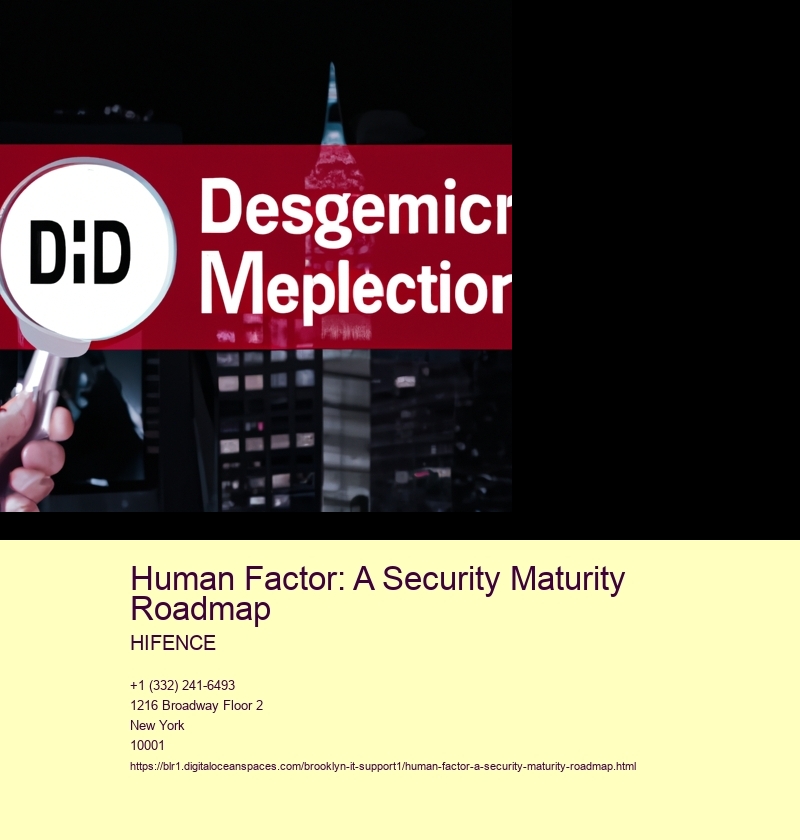Human Factor: A Security Maturity Roadmap
managed services new york city
Do not include any headers.
Okay, lets talk about the "Human Factor" in security – and how to actually get better at it over time, a sort of roadmap if you will. Build a Security Culture: Your 2025 Plan . Its easy to get caught up in firewalls and encryption (the tech stuff!), but honestly, the weakest link in any security system is almost always…us. Humans.

Think about it. How many data breaches start because someone clicked on a dodgy link in an email (phishing, anyone?) or shared their password with a "helpful" colleague?
Human Factor: A Security Maturity Roadmap - managed it security services provider
- managed services new york city
- check
- managed it security services provider
- check
- managed it security services provider
- check
- managed it security services provider
- check
So, a security maturity roadmap focusing on the human element isnt just about throwing awareness training at people once a year. Its about building a culture of security, one that is ingrained in the daily lives of everyone in the organization. managed it security services provider check Its a journey, not a destination.

The first step? (And this is crucial!) Acknowledge that people are not robots. They make mistakes. Blaming individuals after a security incident rarely helps; it just creates a climate of fear and discourages reporting. Instead, focus on understanding why the mistake happened. Was the training unclear? Was the process too complicated? Were they under pressure to get something done quickly?

Then, build awareness. Im not talking about boring lectures. Think engaging content – short videos, interactive quizzes, even gamified simulations. Make it relevant to their roles and responsibilities. Show them how security affects them personally. A little bit of "heres how you could get scammed" goes a long way.
Next, empower your people. Give them the tools and knowledge to make informed decisions. This means providing clear and easy-to-understand security policies, offering support and guidance when needed, and creating a safe space to ask questions without fear of judgment. Think of it as enabling them to be security champions!
And finally, keep improving! Regularly review your security awareness program, get feedback from employees, and adapt to the ever-changing threat landscape. Phishing scams are constantly evolving, so your training needs to as well. Test your systems (ethical hacking, perhaps?) and your people (simulated phishing campaigns). Analyze the results and use them to refine your approach.
Building a mature security culture that accounts for the human factor is an ongoing process, but its essential for protecting your organization from cyber threats. Its about understanding human behavior, providing the right tools and training, and fostering a culture of security awareness and responsibility. Its a challenge, but its one worth tackling!
